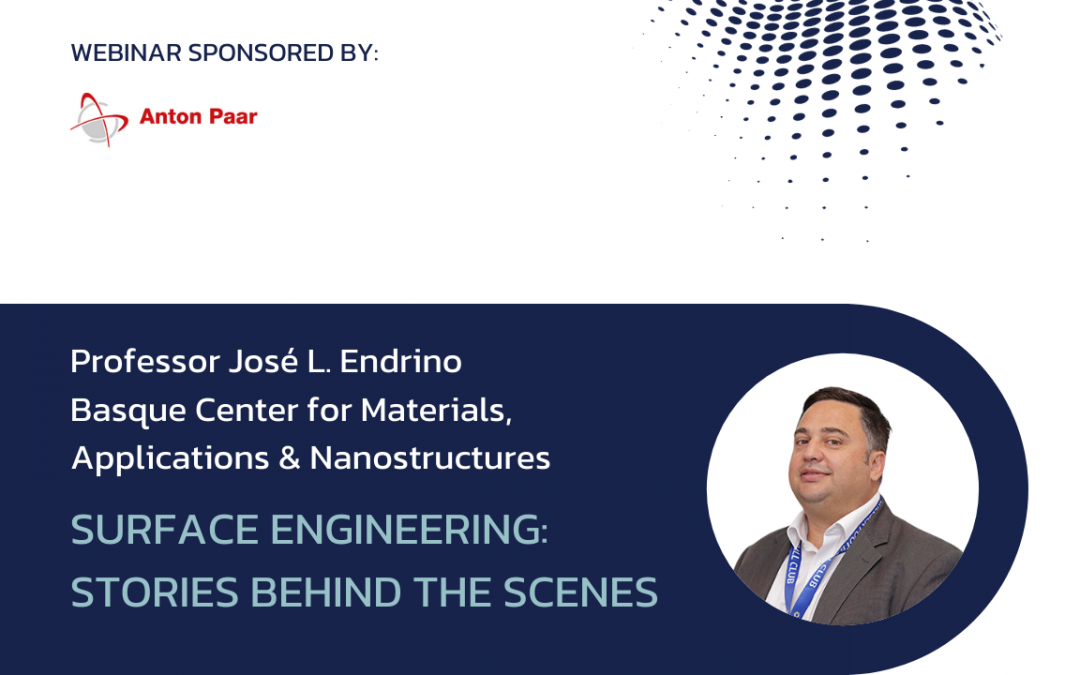
by Tomasz | Oct 29, 2020 | Uncategorized
Friction and wear-related failures remain the greatest problems in today’s moving mechanical components, from microelectromechanical devices to automotive assemblies and to biological systems. The critical need to reduce and eliminate the tribological failures...

by Tomasz | Sep 24, 2020 | Uncategorized
As an enabling technology, surface engineering affects almost every product around us by making them to be more long lasting, functional and productive. Despite the numerous positive benefits of our technology, far too little is sometimes known in our society about...

by Tomasz | Jul 30, 2020 | Uncategorized
Many applications of coatings and bulk materials in the aerospace, nuclear, fuel cell and cutting tool industries involve high temperatures. Accurate nanomechanical data can improve our understanding of the link between the small-scale mechanical behaviour and the...

by Tomasz | Jun 25, 2020 | Uncategorized
Adaptive low friction and wear resistant coatings, which can re-arrange their structure and chemistry in a response to changes in operating environment are of a practical importance for aerospace, automotive and tool industry. In this webinar, surface engineering...

by Tomasz | May 28, 2020 | Uncategorized
Coatings are key to the performance of most products and they contribute to sustainability by enhancing the efficiency and extending the life of the products that they protect, as well as by enabling the reduced use of scarce bulk materials. Therefore, coatings are a...







Recent Comments